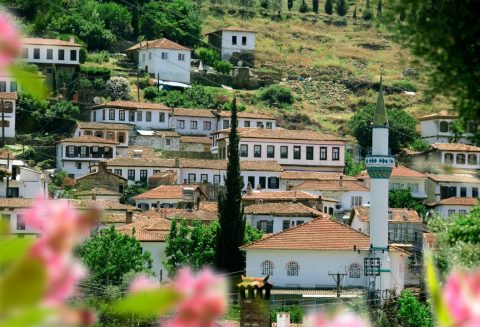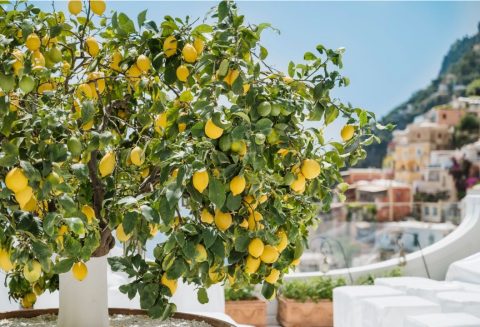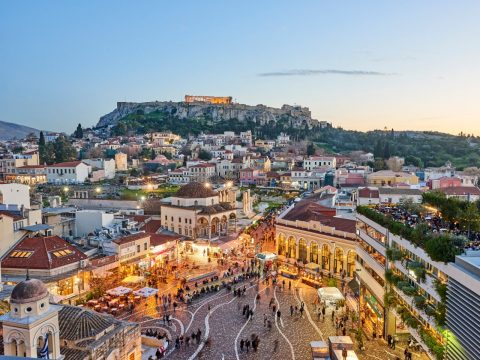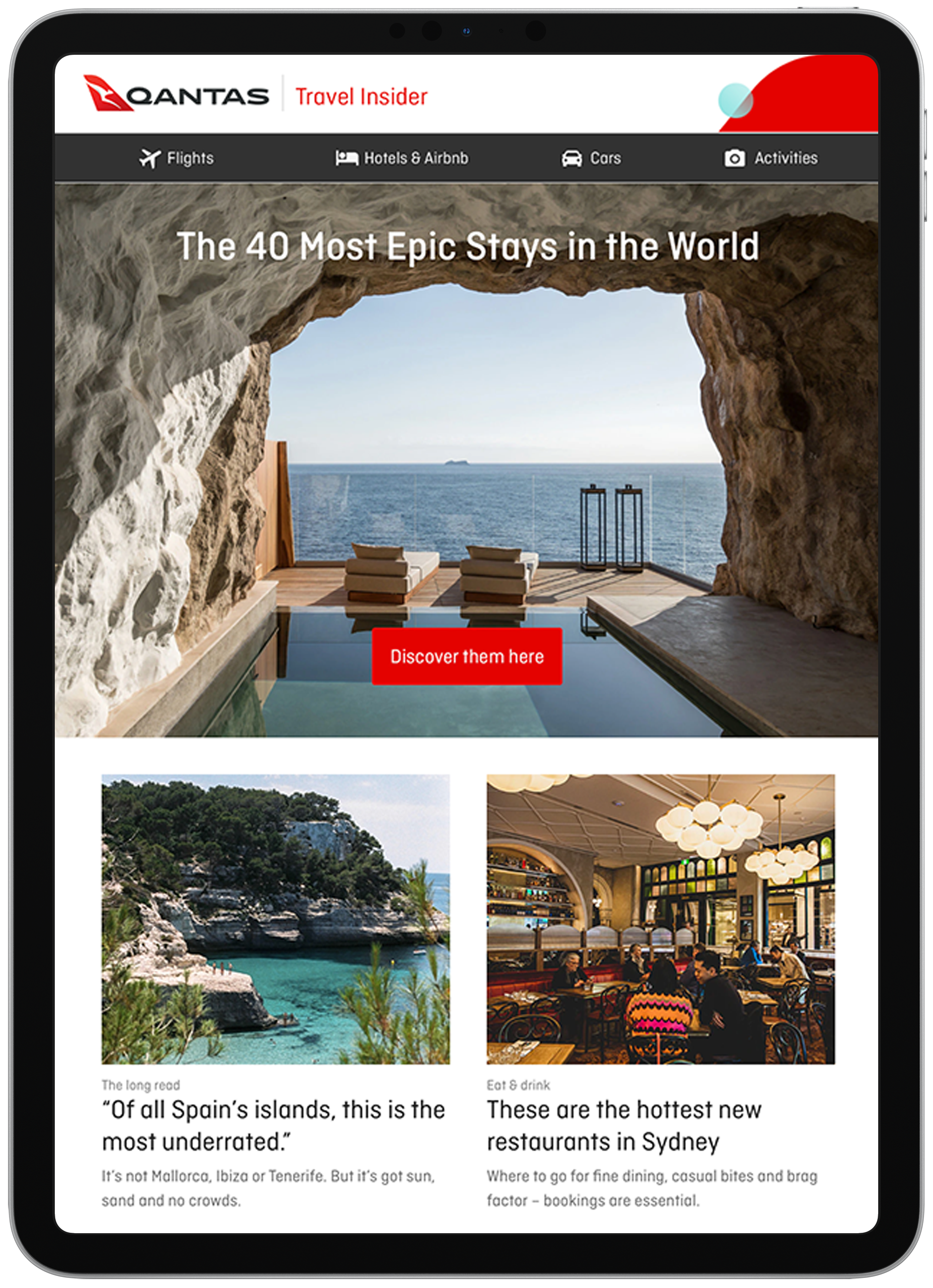Colours, Scents and Senses Come Alive on This Springtime Cruise in the Mediterranean

In the Turkish port of Kuşadasi, houses ripple down the hillside like patchwork rugs. Below them, carpet sellers shake winter from their wares and beach umbrellas stake claims along the coastline. In the hinterland, mulberry leaves grow aromatic for the silkworms and fruit fattens under the sun. Weavers spin the silkworm cocoons into butter-soft cloth, just as their forebears did at this terminus of the Silk Road. But eventually these trails lost their importance “and this town was lost”, says guide Yildem Oltu. “My ancestors were making money from fishing. Then we discovered tourism.”
It’s the cusp of spring when my daughter, Kate, and I arrive towards the end of a 10-night cruise from Monte Carlo to Athens aboard Regent Seven Seas Splendor. Though this port has become important, our ship is the only one docked here during our two-night sojourn. The extended stay is part of Regent’s Immersive Overnights initiative, which allows passengers to linger.
Most visitors head straight for the ancient city of Ephesus. We’d practically have this UNESCO World Heritage site to ourselves if we visited but we decide to strike out instead beyond the ruins, to where those mulberries bloom. They jostle for space with grape vines and olive, cherry, peach and fig trees, all the way to the village of Şirince.
Such abundance mattered little to the people who returned to this ancestral place in 1923, when Turks and Greeks who’d lived for generations in each other’s countries were repatriated after the Turkish War of Independence. “This was one of the biggest and most dramatic exchanges of populations in history,” says Oltu. “The village is so pretty but the [returnees] had farmed tobacco in Thessaloniki [Greece] and some olives. They didn’t know how to harvest grapes, how to produce wine and silk.”

Some left Şirince; others moved into the now-vacant villas and embraced the necessary skills. Their legacy is preserved in the delicate silk scarves woven by latter-day artisans and the mulberries transformed into jams, syrups, gelatos and wines.
But it’s a relatively overlooked fruit that reigns supreme at the Artemis Restaurant and Wine House, run by Kemal Gurbuz. “Try the cherry – it’s my best wine,” he says. “Seventeen per cent alcohol. If you love it, you can buy – no obligation.” It’s an elixir, fragrant, piquant, potent enough to dissuade any newcomer from leaving – or leaving empty-handed, at least.
Türkiye’s ruby hues are a seachange from the lemons fringing the shores of Salerno, where we spend two nights after setting sail from Monte Carlo. Splendor is our home for the day-and-a-half-long voyage to the Neapolitan city: we play Scrabble in the games room, browse the ship’s art collection, scan the dreamy horizon from the observation lounge and laze on our penthouse suite’s pillowy mattresses as we watch movies on the capacious TV screen.
Our butler, Neeraj Pathak, checks in periodically: do we need wine, ginger lollies for seasickness, canapés before dinner? He returns laundered clothing wrapped in tissue paper and books a window-side table for us at Compass Rose, one of the eight eateries and six bars onboard. Dollops of vodka-lemon cream on white sturgeon caviar profiteroles whet our appetite for Italy’s citrus-scented coast.
The Gulf of Naples is bobbing with vessels as our ship heads south-east to Salerno, where we’re the first cruise passengers this season to dock. At the town’s centre is the medieval Salerno Cathedral and swaddled in a reliquary within its richly frescoed crypt are relics said to be from Apostle Matthew. On the streets outside, Salernitani are preparing to remember their wartime liberation of 80 years before. In two days’ time, Kate and I will trail political dignitaries, students and military personnel as they march to a brass band in the annual Festa della Liberazione (Liberation Day) parade.
But today we’re heading north-west, in the direction of Naples. The Gulf of Salerno disappears behind us as the bus heads through a valley separating the Lattari and Finestra mountains. Ahead lies the historic town of Pompei, an ashen heirloom dotted with scarlet poppies. Turning west along the Sorrentine Peninsula, we see the doomed town’s nemesis across the bay – Mount Vesuvius, its dormant cone domed in cloud, its slopes outspread. The Corso Caulino snakes its way through a vibrant landscape: the bays are sun-streaked, the villages buttery in the morning light, the mini-markets bounteous, the lemons hanging pendulous from every tree branch. “Look – lemons, tomatoes, chilli peppers,” says our guide, Paolo Acanfora. “But the best is the lemons. Look at the colour, the shape, the size – they are perfect!”

So prized are these limone di Sorrento, their provenance is protected with a geographical designation and “Don’t touch!” signs tucked into the produce racks. They’re the quintessential condiment for the seawater-slicked fish stacked outside Pescheria Mare Blu in Piano di Sorrento. The fishmonger’s handful of dining tables excite our appetites but “to eat here you must book two months ahead”, says Acanfora. “Or go now, at nine o’ clock in the morning.”
Instead we sample limone di Sorrento in the namesake town itself: sorbet stuffed into depulped lemons and limoncello steeped in the fruit’s ever-present perfume. I swear I can see this essenza di limone streaming behind the ship as we depart for the next leg of our journey.
Wharfies are blasting a farewell tune from a dockside speaker, Con te partirò (Time to say goodbye), sung by Italian tenor Andrea Bocelli. The Salernitani have wrapped up their Liberation Day commemoration and are dining alfresco at osterias.
We picture their orders of spaghetti al limone sprinkled with Parmigiano Reggiano, the sugar-dusted sfogliatelle displayed in bakery windows and Italy’s “most famous wine”, Lacryma Christi, whose grapes are grown on the slopes of Mount Vesuvius. “When Jesus cried, his tears hit the ground and from the ground came these grapes,” Acanfora had told us. As the feast progresses, Bocelli’s arrivederci tolls like a dinner bell.



